In Photos: Take a Tour of the World's 'Doomsday' Seed Vault
Welcome to Svalbard
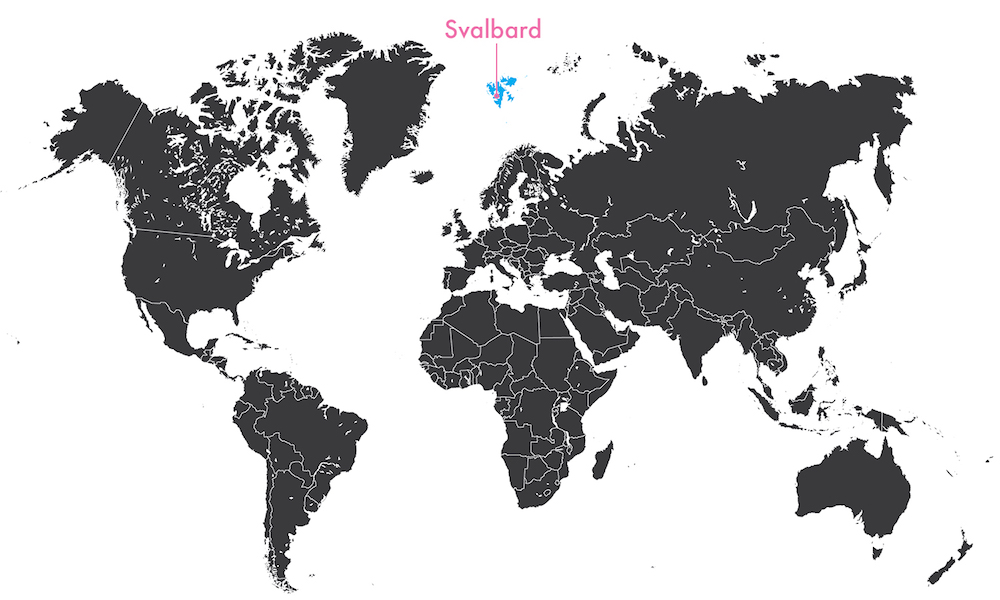
Svalbard is a Norwegian archipelago located about 746 miles (1,200 kilometers) from the North Pole. The island, known for its frozen tundra, snowy landscapes and dramatic glaciers, is also home to the Svalbard Global Seed Vault. [Read more about the Svalbard Global Seed Vault]
Vault entrance
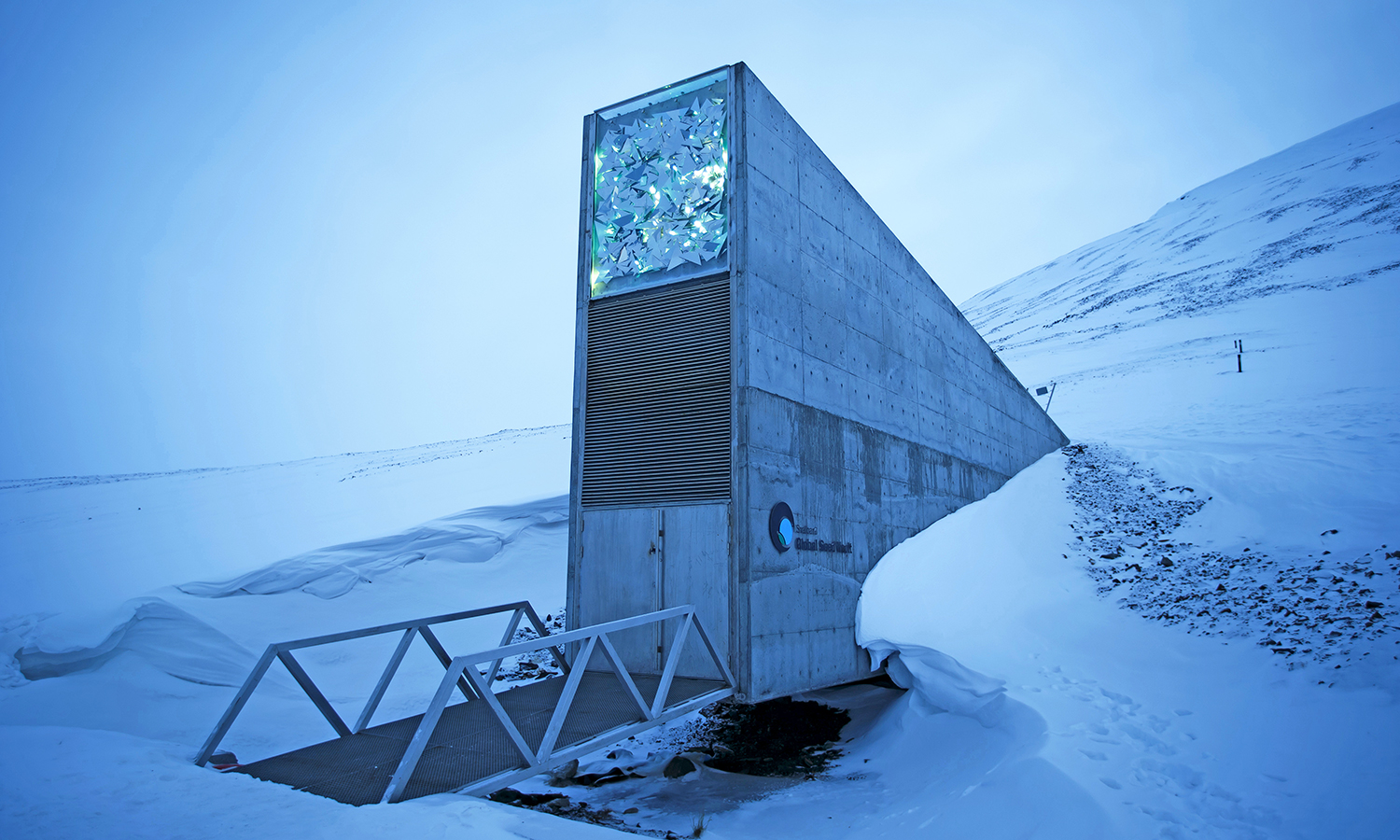
The Svalbard Global Seed Vault, located underground, is the world's largest security storage for seeds.
Loading zone

The vault was designed to protect all of the world's important crop seeds in case of a man-made or natural disaster. Here, Aasmund Asdal, coordinator of the Nordic Genetic Resource Centre, carries crates of seeds from Japan and the United States into the seed vault in Svalbard.
Down the tunnel
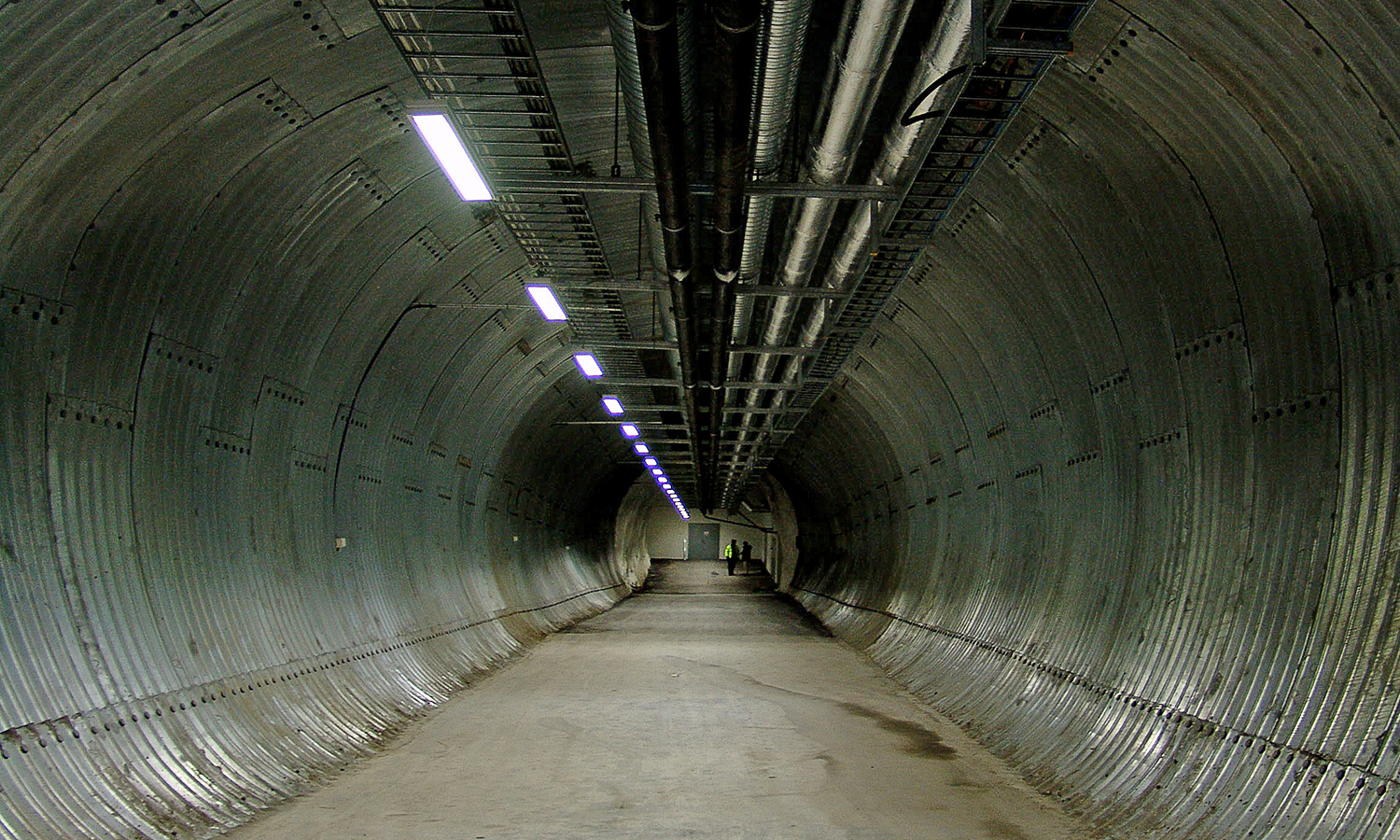
To access the seed vault, visitors must pass through four locked doors: the heavy steel entrance doors, a second door approximately 380 feet (115 meters) down the tunnel and finally the two keyed air-locked doors. Here's a view down the entrance tunnel toward the offices and storage chambers in the Svalbard Global Seed Vault.
In the tundra
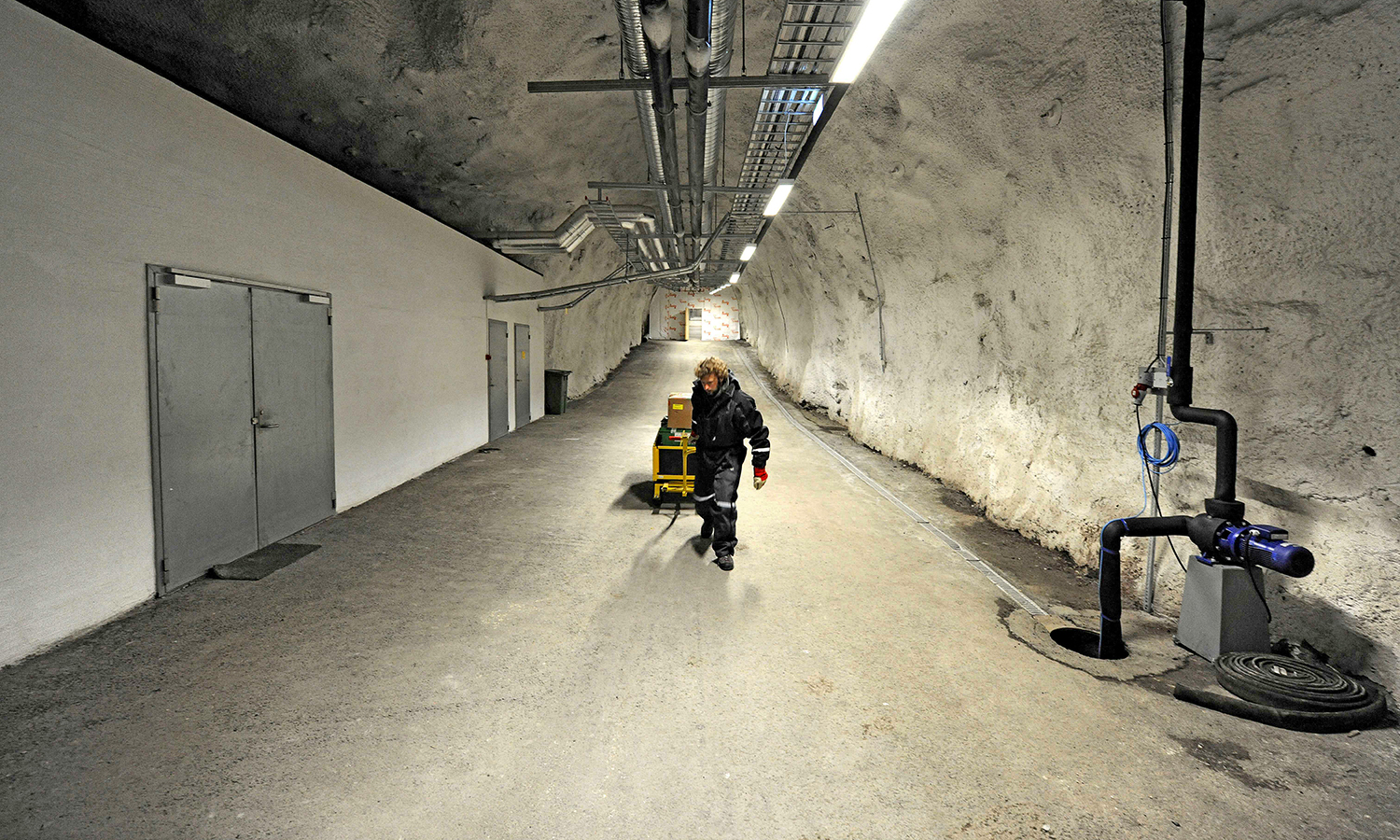
The secure vault has a capacity to hold 4.5 million grains. It currently stores seeds from cultures all over the world in an effort to preserve genetic diversity and defend against major food crises. The seed vault is housed about 430 feet (130 meters) below sea level, which guarantees that the seeds will remain dry even in the face of rising sea levels and melting glaciers.
Vault entrance
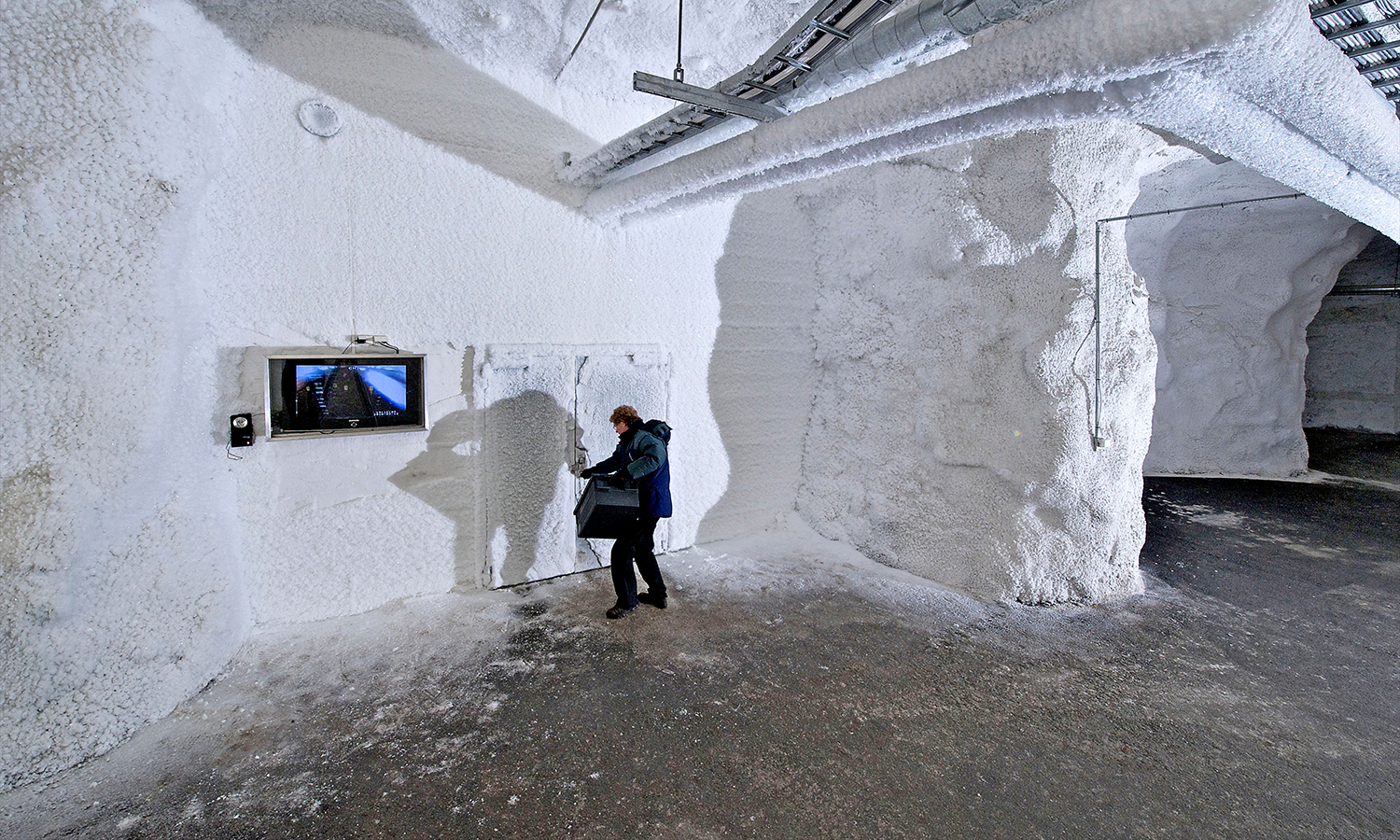
The Svalbard Global Seed Vault is carved into the Arctic permafrost. Here, a researcher is seen accessing the vault's entrance. [Read more about the Svalbard Global Seed Vault]
Nice and cold

In the vault's main storage room, seeds are kept at minus 0.4 degrees Fahrenheit (minus 18 degrees Celsius).
Get the world’s most fascinating discoveries delivered straight to your inbox.
Seed stocks
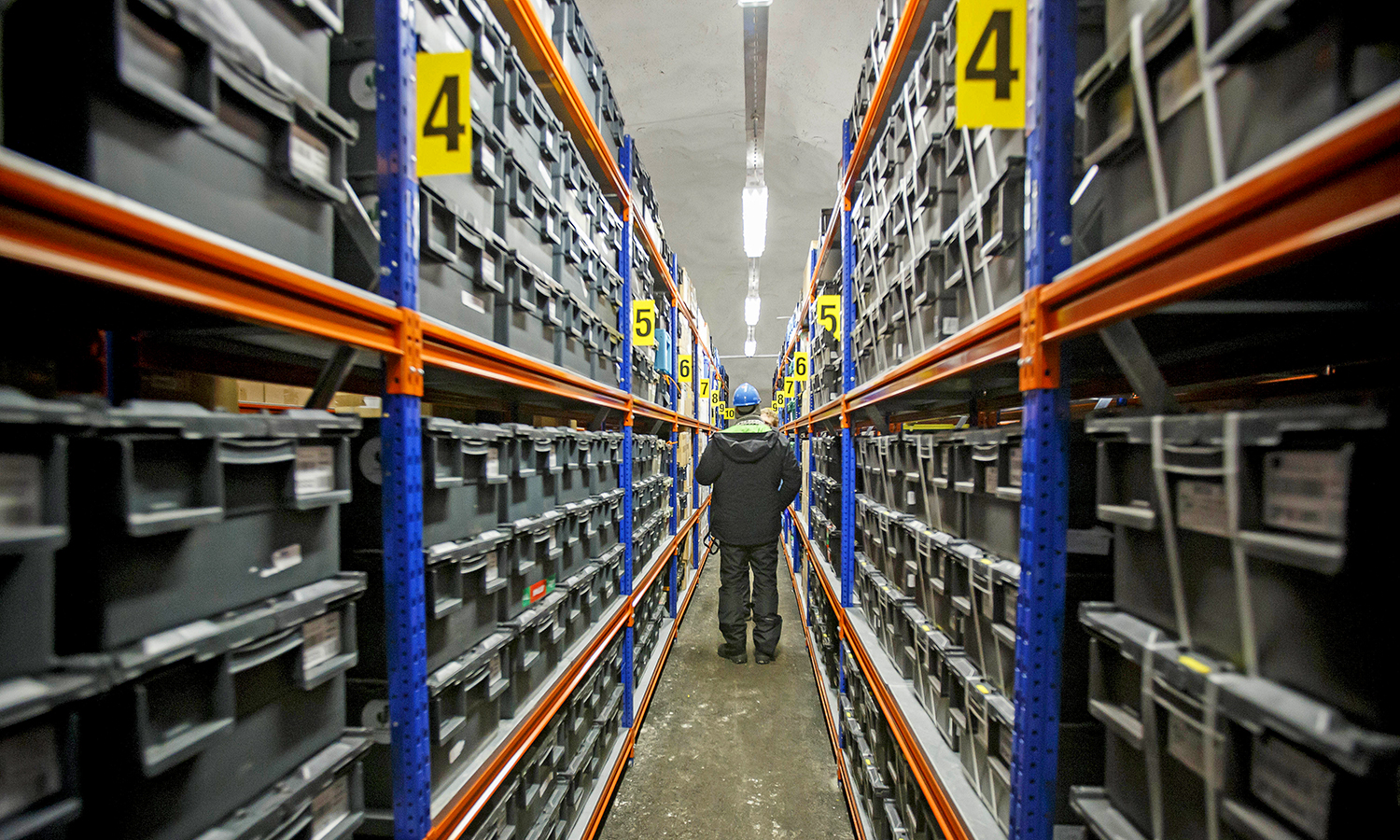
Boxes with seeds from around the world are saved for posterity in the Svalbard Global Seed Vault. The vault can hold 4.5 million seed samples — and since each sample contains about 500 seeds, a maximum of 2.25 billion seeds will fit into the vault.
Seed preservation
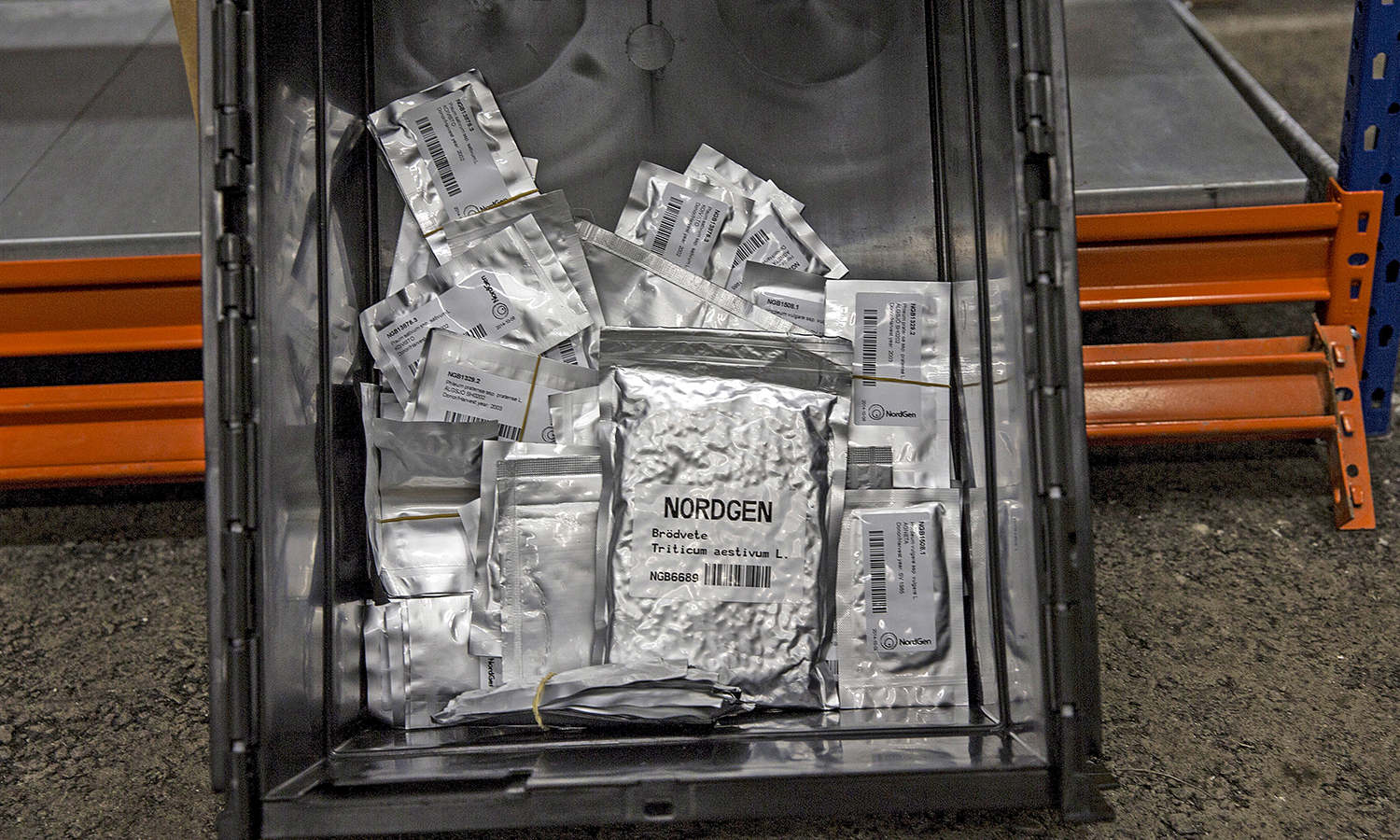
The seeds are kept in bags inside the vault. The arctic permafrost offers natural freezing for the seeds, but the vault also has additional cooling to keep temperatures at minus 0.4 degrees Fahrenheit (minus 18 degrees Celsius).
Seed bank

The Svalbard Global Seed Vault was officially opened on Feb. 26, 2008, and functions as a giant icebox of sorts for the world's important crop seeds. [Read more about the Svalbard Global Seed Vault]

Denise Chow was the assistant managing editor at Live Science before moving to NBC News as a science reporter, where she focuses on general science and climate change. Before joining the Live Science team in 2013, she spent two years as a staff writer for Space.com, writing about rocket launches and covering NASA's final three space shuttle missions. A Canadian transplant, Denise has a bachelor's degree from the University of Toronto, and a master's degree in journalism from New York University.
 Live Science Plus
Live Science Plus





